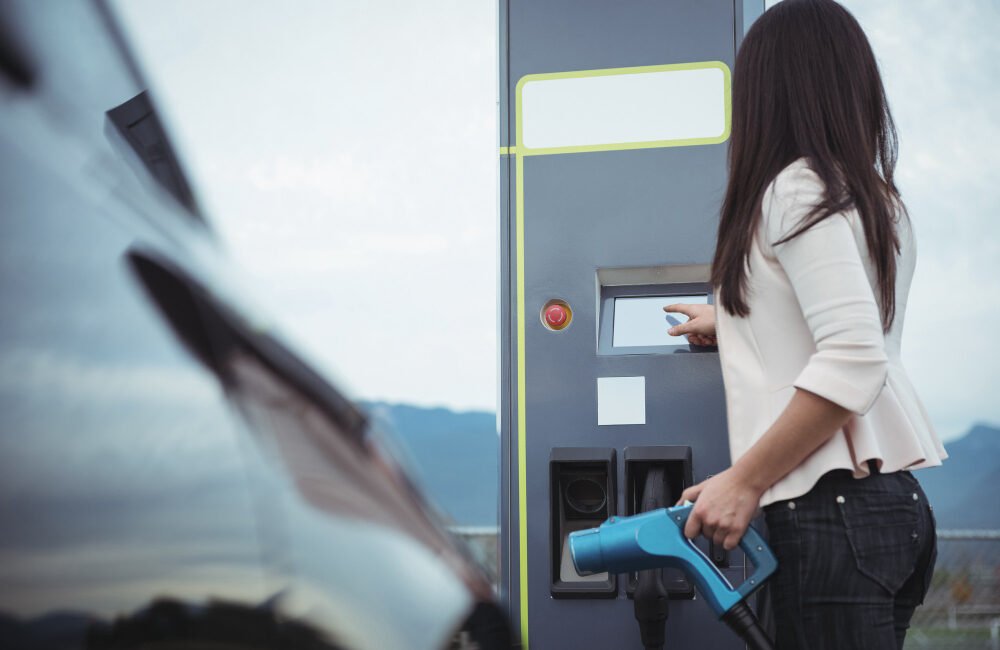
Whether you’re filling up your car at the gas station or managing fuel operations in a commercial setting, the fuel nozzle is the tool that makes it all possible. Often overlooked, this small but essential component plays a critical role in fuel efficiency, safety, and environmental protection.
In this blog, we’ll break down what fuel nozzles are, how they work, the different types available, and why choosing the right one matters.
What Is a Fuel Nozzle?
A fuel nozzle is a mechanical device used to dispense fuel—such as gasoline, diesel, or aviation fuel—from a pump into a tank. You’ll commonly find them at gas stations, fuel depots, airports, construction sites, and in industrial equipment.
Fuel nozzles are designed to control the flow, pressure, and accuracy of fuel delivery. In automated systems, they also help prevent spills, overfilling, and vapor emissions, making them essential for safety and environmental compliance.
How Does a Fuel Nozzle Work?
The basic mechanism of a fuel nozzle includes:
-
Trigger handle: Controls the flow of fuel.
-
Spout: Directs fuel into the tank opening.
-
Automatic shutoff valve: Stops the flow when the tank is full.
-
Swivel connector: Allows flexibility while pumping.
Most fuel nozzles are equipped with a vacuum-based shutoff mechanism. When the fuel reaches the tip of the nozzle inside the tank, it blocks a small air hole, triggering the automatic shutoff. This prevents spills and overflow.
Types of Fuel Nozzles
Different fueling needs require different types of nozzles. Here are the most common:
1. Manual Fuel Nozzles
-
Simple design, user-controlled.
-
Ideal for basic or low-volume fuel transfer applications.
2. Automatic Shutoff Nozzles
-
Equipped with sensors to stop fuel flow when the tank is full.
-
Commonly used in retail fuel stations for safety and convenience.
3. High-Flow Fuel Nozzles
-
Designed for heavy-duty or high-volume applications like trucking, mining, or marine fueling.
-
Larger diameter and faster flow rates.
4. Aviation Fuel Nozzles
-
Built to meet strict safety and quality standards.
-
Typically have grounding features to prevent static discharge.
5. Diesel Exhaust Fluid (DEF) Nozzles
-
Designed specifically for DEF, which requires stainless steel parts to avoid contamination.
Key Features to Consider
When selecting a fuel nozzle, consider the following:
-
Fuel type: Gasoline, diesel, kerosene, DEF, or aviation fuel?
-
Flow rate: Measured in gallons per minute (GPM). Higher GPM for larger tanks.
-
Compatibility: With your fuel hose and pump.
-
Nozzle size: Must fit the tank inlet (passenger cars vs. commercial trucks).
-
Durability: Heavy-duty materials for long-term use.
-
Safety features: Automatic shutoff, anti-drip, and vapor recovery options.
Importance of Fuel Nozzles in Industry
Fuel nozzles are critical components in industries such as:
-
Transportation: Efficient fueling for fleet vehicles and trucks.
-
Construction: On-site fueling for machinery.
-
Agriculture: Refueling tractors and irrigation equipment.
-
Aviation: Safe and precise fueling of aircraft.
-
Marine: Fueling boats and ships, often with anti-splash features.
In these settings, using the right nozzle can improve safety, reduce waste, and boost operational efficiency.
Maintenance Tips for Fuel Nozzles
To ensure optimal performance and longevity:
-
Clean regularly to prevent clogging.
-
Inspect seals and valves for wear or leaks.
-
Check for proper shutoff function to avoid overflows.
-
Store in a dry place if not in continuous use.
Proper maintenance ensures accurate fueling, safety compliance, and equipment protection.
Conclusion
Fuel nozzles may be small, but they play a big role in the safe, efficient, and clean transfer of fuel across countless industries. Whether you’re managing a fleet, running a gas station, or operating heavy equipment, understanding how fuel nozzles work—and choosing the right one—can make all the difference in your fueling operations.

